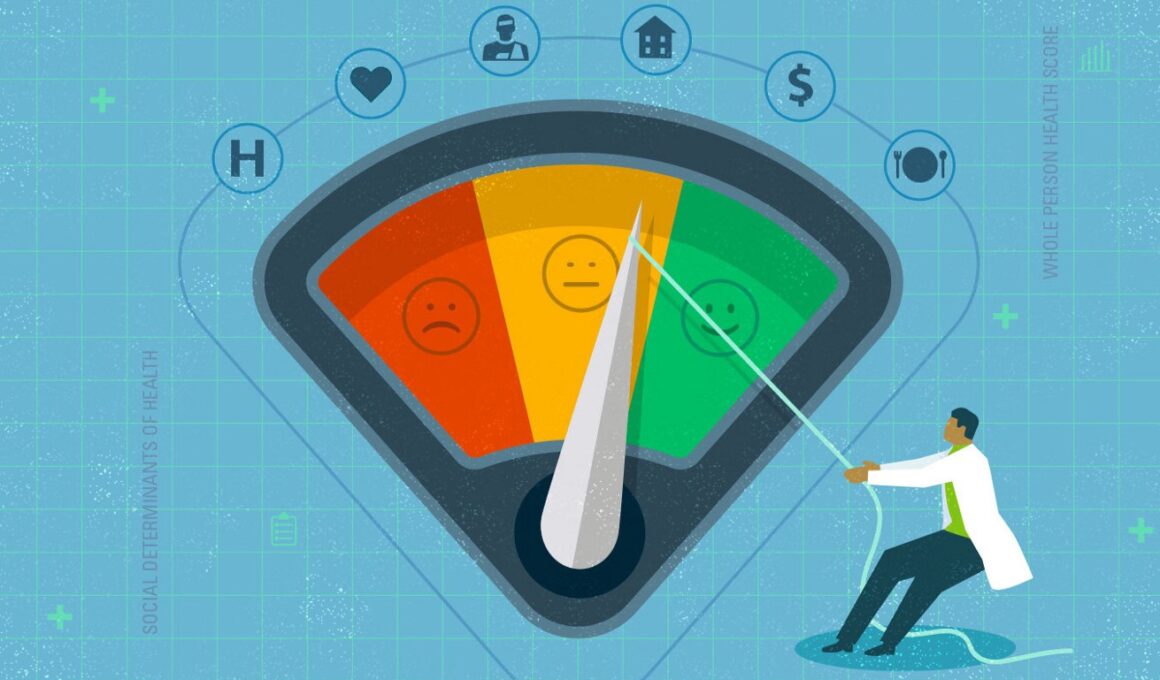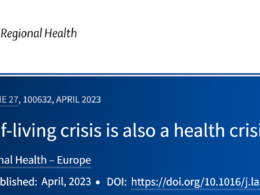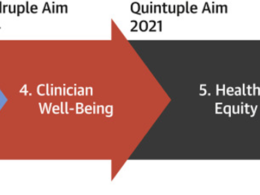NEJM Catalyst Innovations in Care Delivery 2022; 08
Dhruv Khurana, MS, MA, PhD, Geoffrey Leung, MD, EdM, Bijan Sasaninia, Diep Tran, MPH, MA, Mahbuba Khan, MD, and Anthony Firek, MD, MS
July 20, 2022
This site version was edited by:
Joaquim Cardoso MSc.
Health Transformation — Research and Advisory Institute
Whole Person Health Unit
July 20, 2022
Summary
The development of a plan to deliver health care in America often ignores the nonmedical deficits in patients’ socioeconomic resources, well-being, and quality of life, all of which contribute to patient dissatisfaction, poor clinical outcomes, and higher health care costs and utilization.
Social determinants of health have been recognized as significant contributors to health, well-being, and, ultimately, longevity, but have been largely unaddressed in primary care because clinicians lack the tools and training to incorporate them while delivering routine care.
Riverside University Health System developed a novel and holistic patient-centered assessment tool named the Whole PERSON Health Score (WPHS) to address these critical needs.
This article discusses the framework involved in developing, implementing, and evaluating the WPHS in a multidisciplinary, primary care, safety-net setting.
The assessment tool consists of 28 questions (or elements) across six domains of health (one for each letter in the PERSON score [ Physical Health, Emotional Health, Resource Utilization, Socioeconomics, Ownership, and N utrition and Lifestyle]) that were chosen on the basis of a literature review of factors that affect lifespan, mortality, and longevity.
The patient receives a letter grade ranging from A (the best) to Z (the worst) in each domain.
The A-Z letter assignment is not based on a normalized calculation. Rather, letter assignment is based on anticipated impact on life expectancy.
The grades are classified into three colors — red, yellow, and green — on the basis of the severity of the intervention needed.
This color-coding system highlights the areas of critical need and prompts the provider to engage with the patient to act. Riverside administered 10,166 WPHS assessments from August 2020 to October 2021, out of which 9,809 were completed, representing 8,829 unique patients. In this article, analysis focuses on the 7,926 unique patients who completed a single assessment, to avoid any confusions pertaining to longitudinal analysis.
- Overall, the greatest need was in the Nutrition and Lifestyle domain (15.22% of the patients assessed, but 49.79% of all red-zone triggers).
- That domain was followed by Emotional Health (10.59% of patients, 34.64% of red-zone triggers),
- and Socioeconomics (9.35% of patients, 30.59% of red-zone triggers).
- In contrast, the least-triggered need for intervention was the Physical Health domain (1.35% of patients, 4.42% of red-zone triggers).
On the basis of a provider survey, the value of the WPHS in providing care differed by discipline.
The value was greatest for the Probationer Care Management team, which focuses on the needs of recently released probationers (84.61%), followed by the Behavioral Health integration team (66.67%), the Complex Care Management team (50%), and the Primary Care team (44.82%).
The WPHS nudges health care teams to prioritize nontraditional upstream patient needs, including emotional health, ownership, and social determinants of health.
Completing the WPHS assessment did lead to a recognition of the nonmedical needs of the patient.
The WPHS nudges health care teams to prioritize nontraditional upstream patient needs, including emotional health, ownership, and social determinants of health.
Completing the WPHS assessment did lead to a recognition of the nonmedical needs of the patient.
Originally published at https://catalyst.nejm.org on July 20, 2022.
Riverside University Health System
RELATED ARTICLES












